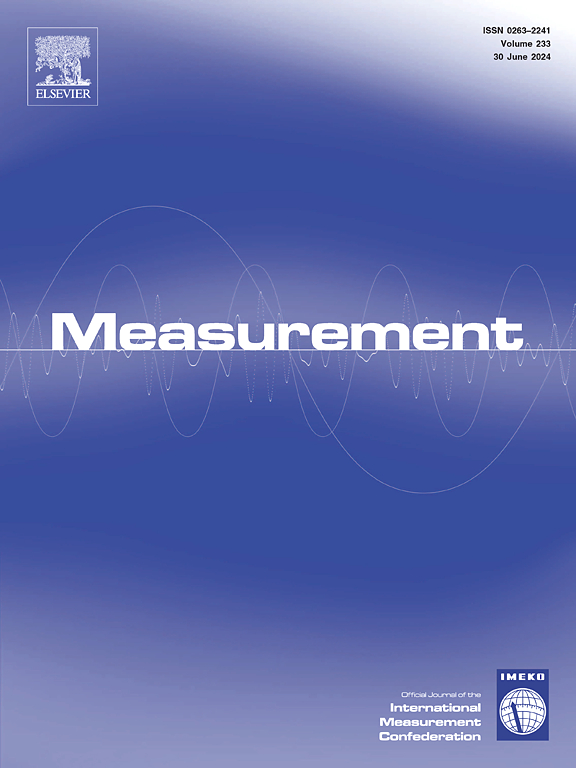Modeling the complex spatio-temporal dynamics of ocean wave parameters: A hybrid PINN-LSTM approach for accurate wave forecasting
IF 5.2
2区 工程技术
Q1 ENGINEERING, MULTIDISCIPLINARY
引用次数: 0
Abstract
This study introduces a hybrid model, PINN-LSTM (Physics-Informed Neural Network-Long Short-Term Memory), developed to enhance wave speed forecasting at depths of 1.5 to 11.5 m over forecast horizons of 6, 12, 24, and 48 h. The hybrid PINN-LSTM model was chosen for its unique capability to integrate the physics-based accuracy of PINNs with the temporal sequence learning strength of LSTM networks, enabling the model to capture both spatial and temporal dynamics effectively. The PINN component leverages a linear wave equation to model shallow water dynamics, while the LSTM component addresses long-term dependencies in time-series data. Comparative analyses against standalone LSTM, GRU, and PINN models, as well as methods reported in recent literature, reveal that the PINN-LSTM model achieves superior accuracy, demonstrating more than a 20% reduction in error metrics (MAE, MSE, RMSE) compared to standalone and numerical models. While attention mechanisms have been proposed for sequence modeling, our findings indicate that the original PINN-LSTM architecture performs more effectively in this context. By addressing gaps in existing approaches, this research underscores the potential of integrating physics-informed models with deep learning techniques, providing a robust solution for ocean wave spatio-temporal dynamics forecasting challenges highlighted in previous studies.
求助全文
约1分钟内获得全文
求助全文
来源期刊

Measurement
工程技术-工程:综合
CiteScore
10.20
自引率
12.50%
发文量
1589
审稿时长
12.1 months
期刊介绍:
Contributions are invited on novel achievements in all fields of measurement and instrumentation science and technology. Authors are encouraged to submit novel material, whose ultimate goal is an advancement in the state of the art of: measurement and metrology fundamentals, sensors, measurement instruments, measurement and estimation techniques, measurement data processing and fusion algorithms, evaluation procedures and methodologies for plants and industrial processes, performance analysis of systems, processes and algorithms, mathematical models for measurement-oriented purposes, distributed measurement systems in a connected world.
 求助内容:
求助内容: 应助结果提醒方式:
应助结果提醒方式:


